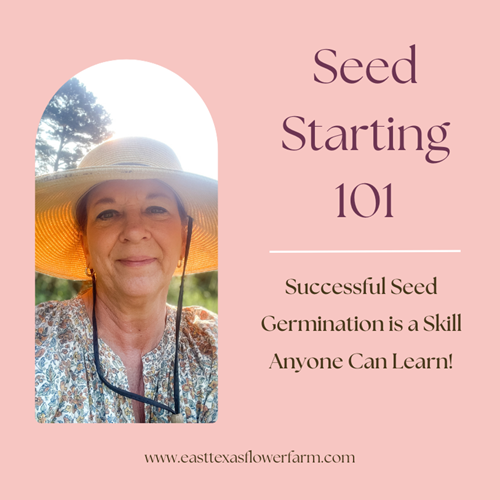These flowers are rarely found at your big box store or garden center
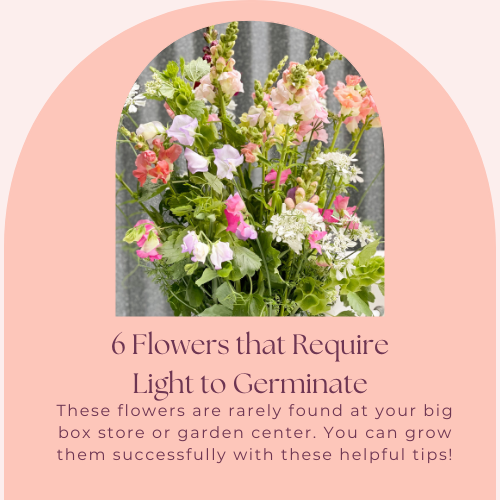
6 Flowers that Require Light to Germinate
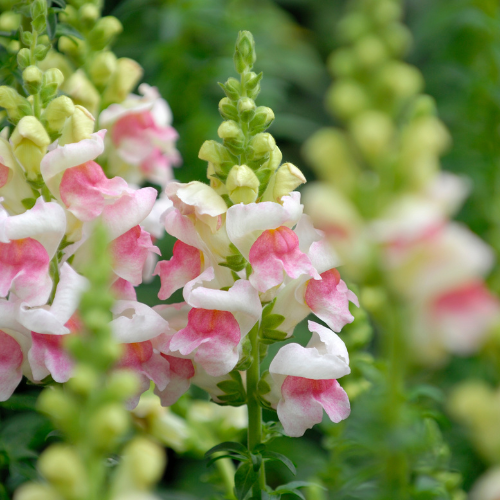
1. Snapdragon - {Antirrhinum majus} there are several varieties of snapdragons. If your goal is cut flowers for arrangements be sure to select a variety bred for tall stem length. These include Chantilly, Madame Butterfly, Potomac and Rocket. At East Texas Flower Farm we grow Chantilly, Madame Butterfly and Potomac. These varieties have unique qualities that help us provide our clients with gorgeous blooms through a long growing season. Chantilly is the earliest to flower in March. Potomac can withstand the early summer temperatures of late May. It is also less affected by day length. Costa is another warm season snapdragon that performs well. Group 2 varieties such as Legend and Maryland are developed to perform during short days of late winter or early fall. Madame Butterfly has a beautiful azalea-type petal we love. She grows best in late spring under long day conditions.
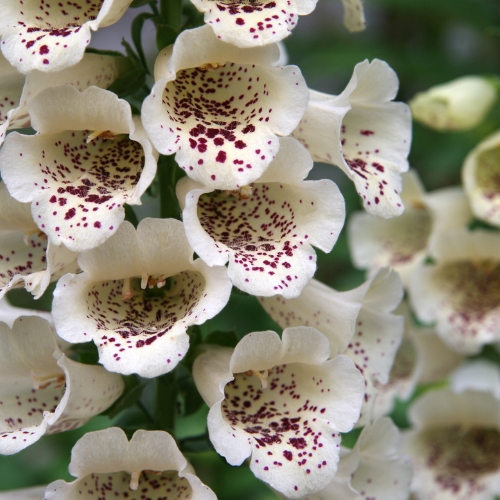
2. Foxglove - {Digitalis purpurea & Digitalis lanata} these biennials typically bloom their second year however, there is always an exception to every rule. The purpurea variety will bloom in late spring of their first year if they have been transplanted in the fall. The mild fall and winter temperatures of East Texas can ‘trick’ these plants into blooming their first spring. Beware: all parts of any variety of foxglove are poisonous! There is nothing so lovely in a large urn arrangement as this old fashion spire of delicate blooms lending drama to the floral design. We grow Dalmation peach and Cafe creme for their contribution to wedding work. These flowers are not reliably available for retail florists as they do not ship well. Another favorite of ours, though difficult to source, is ‘sugar plum’. It is a soft pink on the outside with a deep purple throat. We love it for winter weddings that require rich jewel colored blooms.
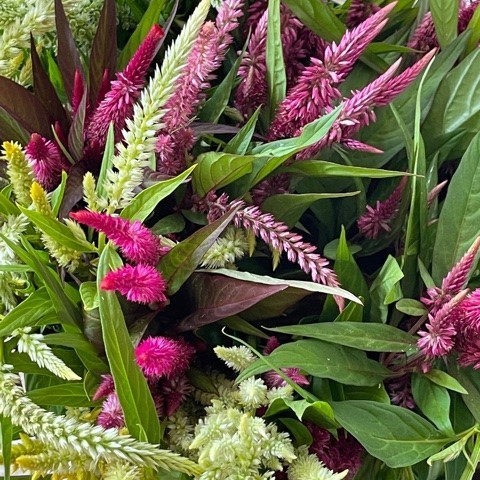
3. Celosia - {Celosia argentea cristata, spicata & cockscomb} Celosia is the workhorse of any summer garden in East Texas. This lovely flower cranks out the blooms through the intense heat of August and continues to provide blooms until a killing frost in November. Drying well, it also is useful for fall wreath arrangements and decor. Don’t transplant them too early in the garden as they do not like cold wet soil. I start seeds in late March and plan to set them out the first week of May. This plant will easily self seed but is not invasive.
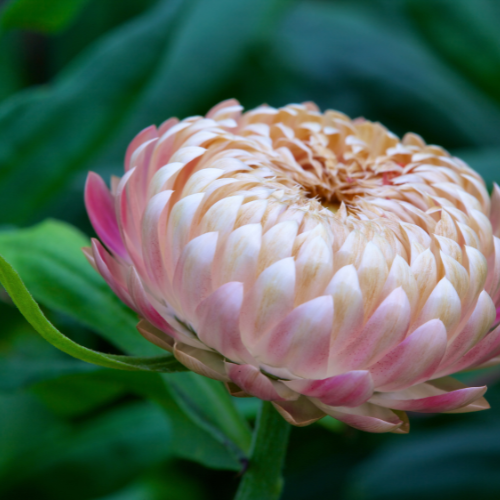
4. Strawflower - {Bracteantha bracteata} Strawflower is a native of Australia and can withstand the long hot summers of East Texas. It especially likes drought conditions. This is the flower for any spot in your garden that is difficult to water. Excessive water or fertilizer will cause the stems to become soft and droop. There are new varieties that lend themselves to wedding work and we find ourselves growing more of this unusual flower. It is perfect for floral details that must look good out of water; buttonholes, corsages and flower crowns for example. This flower can be tricky to germinate. Be patient and plan to re-sow in cell blocks that did not germinate. Bright light and warm soil are key!
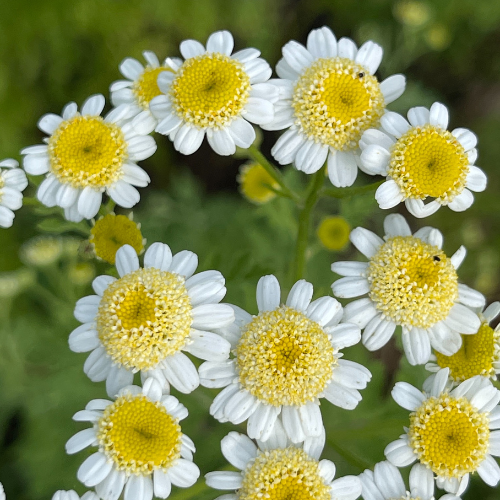
5. Feverfew - {Tenacetum parthenium} We grow the ‘Virgo’ variety for its solid white button like appearance. There are several varieties of this old fashioned cottage garden flower. We love the daisy-like single variety however it is rarely used in wedding work. Feverfew, or Matricaria as it is also known, is best grown through the mild winter under a row cover. This will give you the longest stem. Feverfew is sensitive to day length with longest stems occurring on long days. Start seed in late October and transplant in mid-November under a row cover to protect from hard freeze (below 29 F).
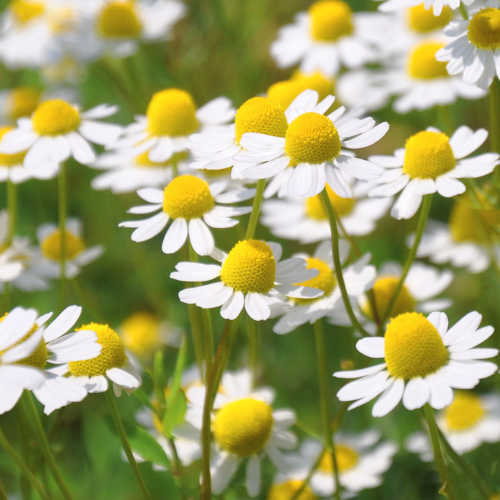
6. Chamomile - {Matricaria recutita} The German variety of chamomile produces the most blooms and is an annual. This is also the variety most often used for tea. Roman chamomile produces fewer blooms and is more of a ground cover, holding up well to light foot traffic. The Roman variety is also a perennial in warm southern zones such as East Texas. We grow it under our David Austin roses to help reduce weed pressure. We grow German chamomile for use in our farm soaps and flower confetti. Both have a sweet, delicious aroma but we especially love the German or ‘common’ variety for scenting our products.
Now you have 6 delightful flowers easily started from seed plus you know what they require: LIGHT
A few more tips:
- Always bottom water your seed trays to avoid covering the seed with soil.
- Gently press the seed into the surface of your planting medium to ensure good contact.
- Use a heat mat for maximum seed germination success.

